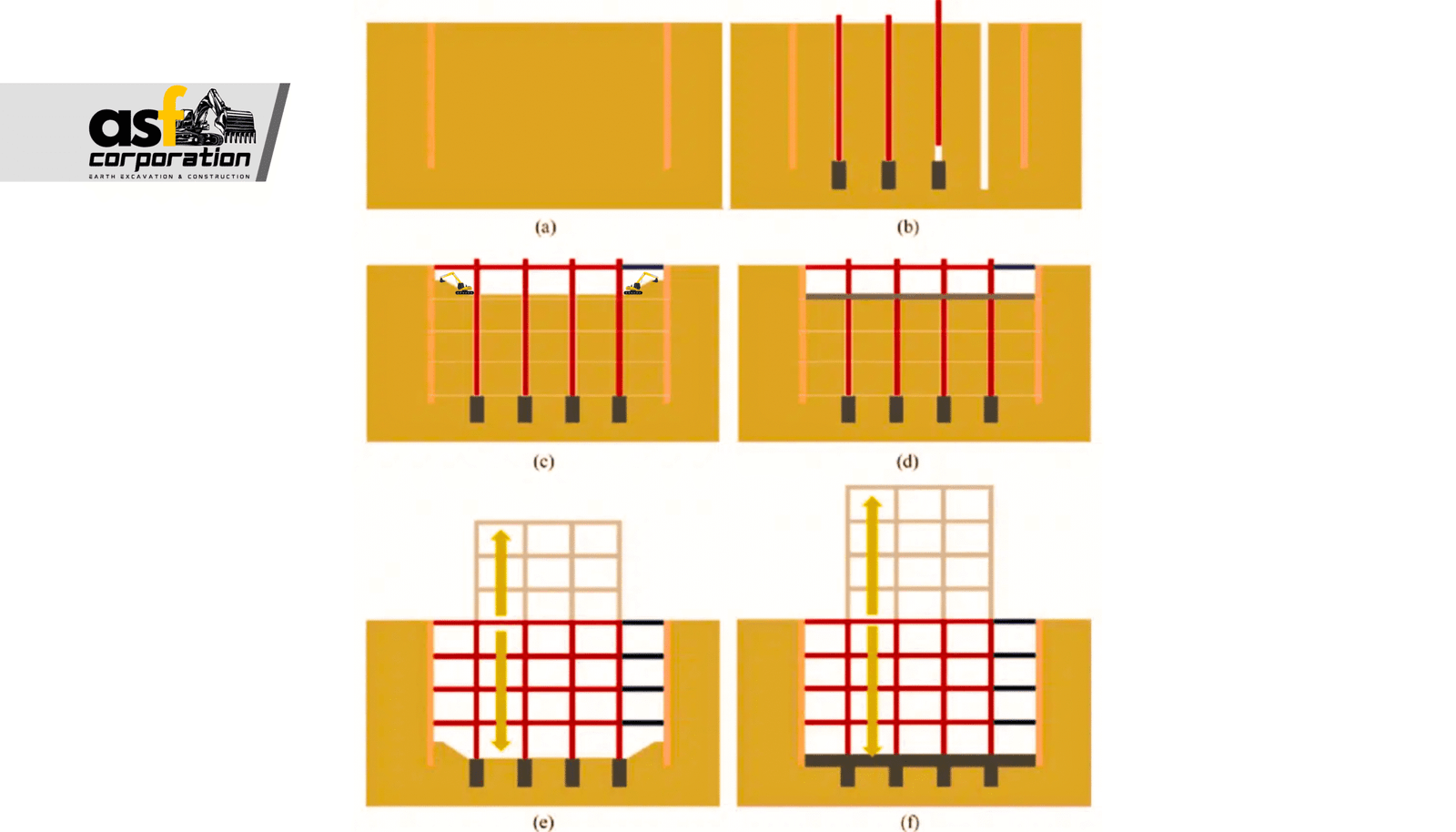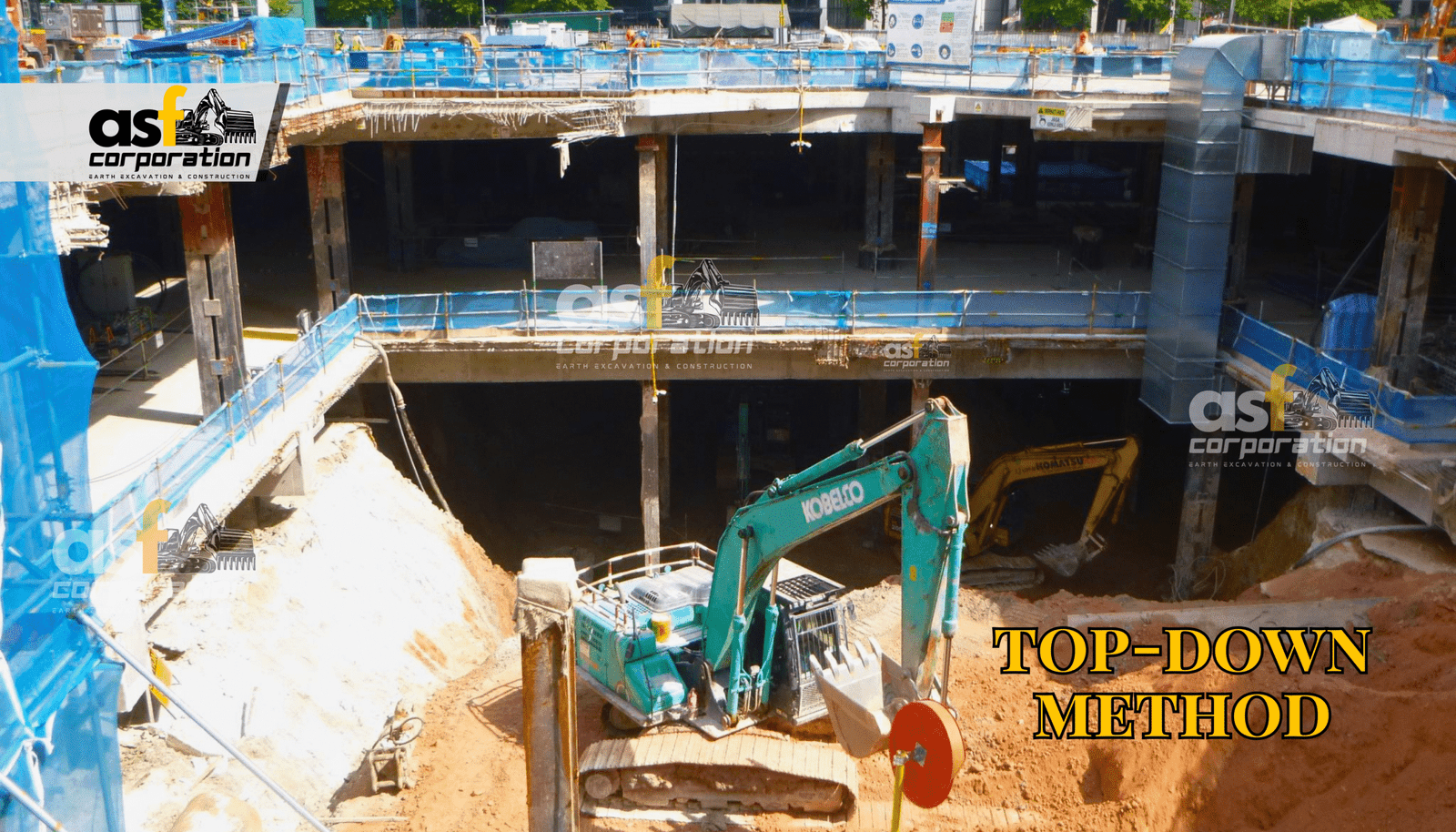In today’s fast-paced business environment, methodologies that streamline processes and enhance productivity are invaluable assets for organizations of all sizes. Among these methodologies, the Top-Down Method stands as a fundamental approach that has transformed how businesses conceptualize, plan, and execute their strategies. At ASF Corporation, we’ve witnessed firsthand how this approach can revolutionize business operations when properly implemented.
What Is the Top-Down Method?
The Top-Down Method is a strategic approach to problem-solving, project management, and organizational structuring that begins with the big picture before breaking it down into smaller, more manageable components. This hierarchical approach starts at the highest conceptual level-typically with executive leadership or a comprehensive overview-and systematically works its way down to specific details and tasks.
Unlike bottom-up approaches that build from specific details toward broader concepts, the top-down method provides a clear vision and direction from the outset, ensuring that all subsequent actions align with overarching goals and objectives.
Historical Context and Evolution

The top-down methodology has deep roots in management theory, dating back to early organizational structures where decision-making authority flowed from upper management down through the ranks. Frederick Taylor’s scientific management principles in the early 20th century emphasized hierarchical structures where managers designed work processes that employees would then execute.
Over time, this methodology has evolved significantly, incorporating elements of strategic planning, systems thinking, and modern project management frameworks. Today’s top-down approach is less rigid than its historical counterparts, often integrating feedback loops and collaborative elements while maintaining its fundamental hierarchical structure.
Key Components of the Top-Down Method
Vision and Strategy Formulation
The process begins with leadership establishing a clear vision and strategic direction. This high-level perspective provides the foundation for all subsequent planning and execution. At this stage, organizations define:
- Long-term objectives and goals
- Core values and principles
- Market positioning and competitive advantages
- Broad strategic initiatives
Organizational Structure Alignment
Once the vision is established, the top-down method involves aligning the organizational structure to support strategic objectives. This includes:
- Defining reporting relationships and chains of command
- Establishing departments and functional areas
- Allocating resources according to strategic priorities
- Creating communication channels that facilitate information flow
Cascading Objectives
A critical aspect of the top-down approach is the cascading of objectives from the organizational level down to departments, teams, and individuals. This ensures that:
- Each level of the organization understands how their work contributes to larger goals
- Performance metrics align with strategic objectives
- Resources are allocated efficiently across the organization
- Accountability is established at all levels
Implementation Planning
With objectives defined at various levels, detailed implementation planning begins. This involves:
- Breaking down initiatives into specific projects and tasks
- Establishing timelines and milestones
- Identifying dependencies between different work streams
- Allocating specific resources to tasks
Execution and Control
The final components involve executing the plan while maintaining appropriate controls:
- Implementing the planned activities
- Monitoring progress against established metrics
- Making adjustments as needed based on feedback and changing conditions
- Ensuring compliance with established processes and standards
Advantages of the Top-Down Method

Strategic Alignment
Perhaps the most significant advantage of the top-down approach is its ability to ensure alignment throughout an organization. When every department, team, and individual understands how their work contributes to strategic goals, the organization moves forward as a cohesive unit rather than a collection of disparate parts.
Clear Direction and Focus
The top-down method provides clarity of purpose and direction. By establishing priorities at the highest level, organizations can avoid the scattered efforts and resource waste that often result from uncoordinated initiatives.
Efficient Resource Allocation
With a comprehensive view of organizational needs and priorities, leadership can make informed decisions about resource allocation. This prevents the common problem of departments competing for limited resources without consideration for overall organizational impact.
Standardization and Consistency
The top-down approach facilitates standardization of processes, methodologies, and quality standards across the organization. This consistency can lead to improved efficiency, better quality control, and enhanced customer experiences.
Simplified Decision-Making
When strategic priorities are clear, decision-making at all levels becomes more straightforward. Team members can evaluate options based on their alignment with established objectives rather than navigating ambiguous or conflicting priorities.
Challenges and Limitations
Despite its many advantages, the top-down method is not without challenges:
Potential for Reduced Innovation
Strict adherence to top-down directives can sometimes stifle creativity and innovation, particularly when front-line employees with valuable insights lack channels to contribute their ideas.
Risk of Disconnect from Ground Realities
Leaders at the top may sometimes lack visibility into operational challenges and market realities, leading to strategies that look good on paper but face implementation difficulties.
Slower Response to Change
The hierarchical nature of top-down structures can sometimes result in slower responses to market changes or emerging opportunities, as information must travel up the chain of command and decisions must flow back down.
Employee Engagement Challenges
When employees feel they are simply executing plans without input into their development, engagement and ownership may suffer, potentially affecting performance and retention.
Implementing the Top-Down Method Effectively
Balance with Bottom-Up Input
Modern implementations of the top-down method often incorporate elements of bottom-up feedback. While strategic direction comes from leadership, mechanisms for gathering input from all levels ensure that strategies are informed by operational realities and front-line insights.
Establish Clear Communication Channels
Effective communication is essential for successful top-down implementation. Organizations must create robust channels for sharing information about strategic priorities, progress updates, and changes in direction.
Develop Middle Management Capabilities
Middle managers play a crucial role in translating high-level strategies into operational plans. Investing in developing these managers’ strategic thinking and communication skills is essential for effective top-down implementation.
Create Feedback Loops
Regular feedback mechanisms help organizations identify when strategies need adjustment based on implementation challenges or changing market conditions. These loops ensure the top-down approach remains responsive rather than rigid.
Foster a Culture of Transparency
When employees understand not just what they need to do but why it matters, they’re more likely to engage fully with their work. Transparency about strategic objectives and decision-making processes supports successful top-down implementation.
The Top-Down Method in Different Contexts

Strategic Planning
In strategic planning, the top-down approach typically involves executives defining the organization’s vision, mission, and high-level objectives. These are then translated into departmental goals, operational plans, and individual performance targets.
Project Management
Project managers using a top-down approach begin with the project’s overall objectives and deliverables before breaking these down into work packages, activities, and tasks. This creates a work breakdown structure that guides resource allocation and scheduling.
Software Development
In software development, top-down design starts with a high-level view of the system’s functionality before progressively refining this into modules, components, and specific code implementations. This approach ensures that technical decisions align with overall system requirements.
Financial Budgeting
Top-down budgeting involves setting overall financial targets at the organizational level, then allocating budgets to departments based on strategic priorities. Departments then develop detailed budgets within these constraints.
Organizational Change
When implementing organizational change, the top-down approach involves leadership defining the vision for change and desired outcomes before developing specific implementation plans and engaging employees in the transformation process.
Balancing Top-Down with Other Approaches
While the top-down method offers numerous advantages, many successful organizations adopt a hybrid approach that combines elements of top-down and bottom-up methodologies. This balanced approach:
- Provides clear strategic direction from leadership
- Creates channels for ideas and innovations to emerge from all levels
- Establishes feedback mechanisms to ensure strategies remain relevant
- Empowers teams with appropriate autonomy within strategic guardrails
- Fosters a culture of collaboration rather than strict hierarchy
This balanced approach recognizes that while strategic direction should flow from the top, valuable insights and innovations can emerge from anywhere in the organization.
Implementing the Top-Down Method in Your Organization
If you’re considering implementing or refining a top-down approach in your organization, consider these steps:
- Assess your current state: Evaluate how decisions are currently made and communicated in your organization.
- Clarify your strategic vision: Ensure leadership has a clear, compelling vision that can guide all subsequent planning.
- Develop robust communication processes: Create mechanisms for sharing strategic information throughout the organization.
- Build feedback channels: Establish ways for information to flow back up the organization to inform strategic adjustments.
- Invest in leadership development: Ensure leaders at all levels have the skills to translate strategy into action.
- Monitor and adjust: Regularly assess the effectiveness of your approach and make refinements as needed.
Frequently Asked Questions
What exactly is the Top-Down Method?
The Top-Down Method is a strategic approach to management, planning, and problem-solving that begins with the big picture (high-level concepts, goals, or strategies) and then breaks these down into increasingly detailed components. It starts with leadership establishing a vision and strategic direction, which then cascades down through the organizational hierarchy to departments, teams, and individuals.
How does the Top-Down Method differ from the Bottom-Up approach?
While the Top-Down Method starts with broad concepts and works down to specifics, the Bottom-Up approach begins with detailed components and builds upward. Top-Down is driven by leadership vision and strategy, whereas Bottom-Up leverages insights from frontline employees and operational realities to inform strategy development.
What types of organizations benefit most from the Top-Down Method?
Organizations with clear hierarchical structures, those undergoing significant strategic shifts, large enterprises with multiple divisions, and companies in stable markets often benefit most from top-down approaches. However, elements of the method can be valuable for organizations of all sizes and across various industries.
What are the main advantages of implementing a Top-Down approach?
Key advantages include strategic alignment throughout the organization, clear direction and focus, efficient resource allocation based on priorities, standardization of processes, and simplified decision-making due to established hierarchical frameworks.
What challenges might organizations face when using the Top-Down Method?
Common challenges include potential reduction in innovation and creativity, risk of disconnect between leadership vision and operational realities, slower response to market changes, and possible employee engagement issues if staff feel excluded from decision-making processes.
How can organizations balance the Top-Down Method with employee input?
Organizations can create feedback mechanisms to capture insights from all levels, implement regular town halls or forums for open discussion, establish cross-functional teams that include diverse perspectives, and develop middle managers who can effectively translate between strategic and operational concerns.
Is the Top-Down Method suitable for fast-changing industries?
While traditionally associated with more stable environments, the Top-Down Method can work in dynamic industries if implemented with built-in flexibility, regular strategic review cycles, and mechanisms for rapid information flow and decision-making when needed.
How does the Top-Down Method impact organizational culture?
The approach typically reinforces clear authority structures and emphasizes alignment with organizational goals. It can create cultures of discipline and focus, though without proper implementation, it might also lead to cultures where innovation is stifled or where employees feel disempowered.
What role do middle managers play in the Top-Down Method?
Middle managers are crucial in translating high-level strategies into operational plans, communicating strategic priorities to their teams, providing upward feedback about implementation challenges, and ensuring that day-to-day activities remain aligned with organizational objectives.
How can we measure the effectiveness of our Top-Down implementation?
Key metrics include the degree of strategic alignment across departments (measured through surveys or objective assessments), efficiency of resource allocation, speed and quality of decision-making, employee understanding of organizational priorities, and
Ready to Transform Your Organizational Approach?
If you’re looking to enhance strategic alignment, improve execution, and drive better results through effective methodological implementation, we’re here to help. Our consultants bring decades of experience helping organizations across industries implement effective top-down approaches tailored to their unique needs and challenges.
Contact ASF Corporation today to schedule a consultation and discover how we can help you harness the power of the top-down method to achieve your organizational goals.
ASF Corporation
Address: Vashantek, Dhaka Cantonment Dhaka-1206, Bangladesh
Phone: +88 01907-636827
Email: info@asfcorporation.com
Take the first step toward enhanced strategic alignment and execution excellence-reach out to our team today!


